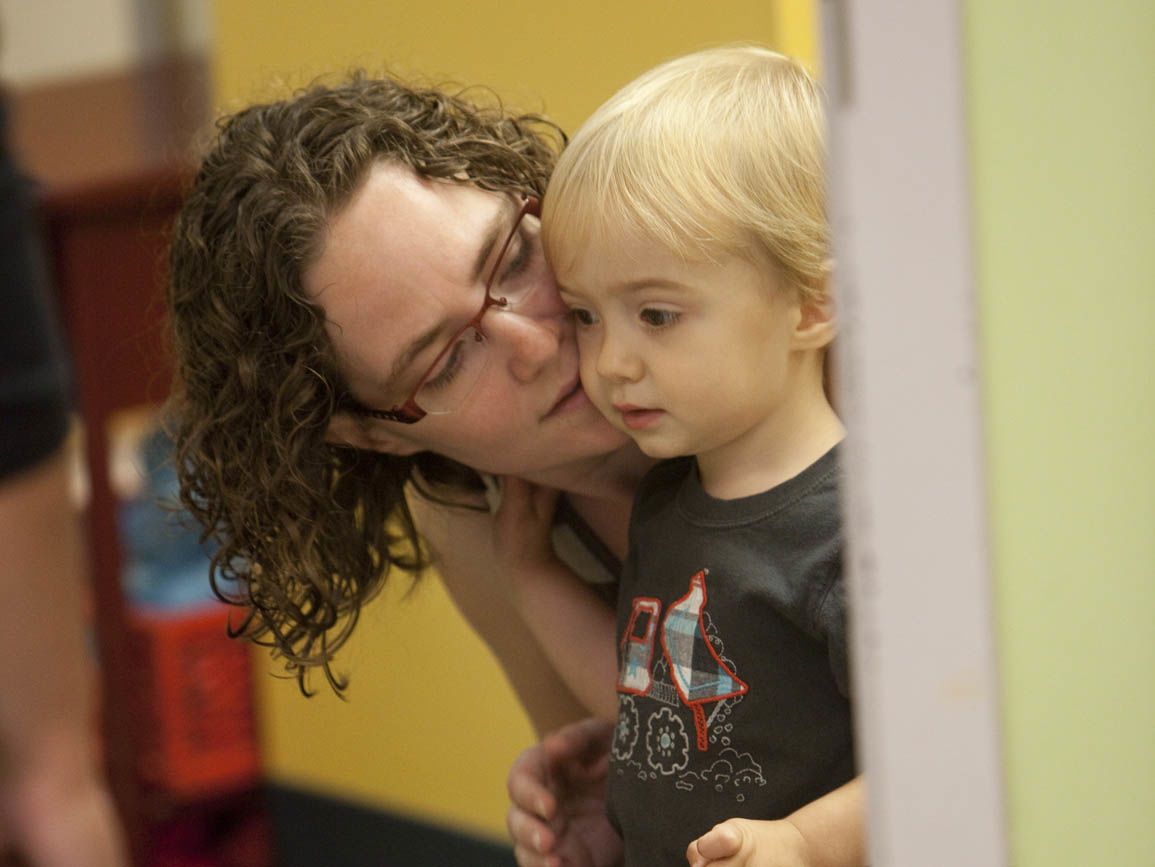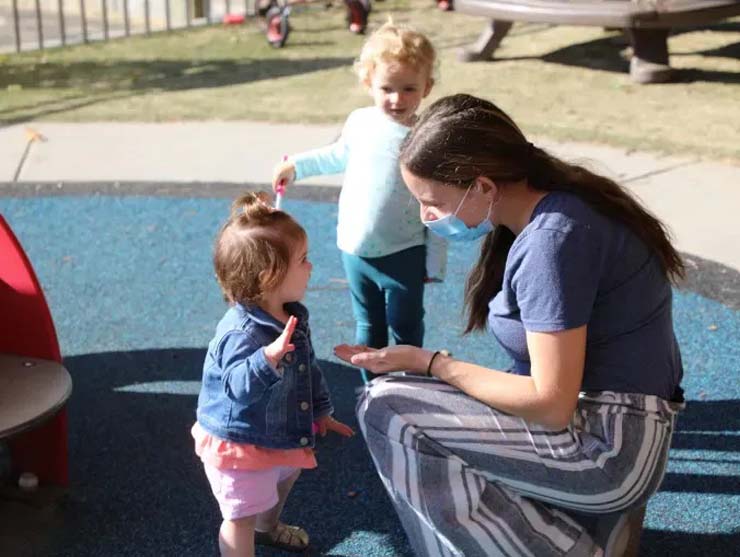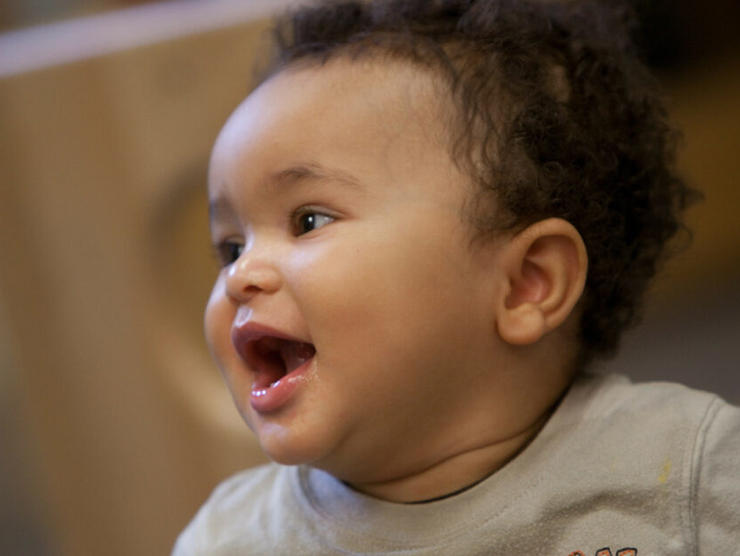Teachers know that children are happier and more engaged when their classroom feels calm and they can find materials. However, organized classrooms don’t just happen: experienced teachers have routines and systems for keeping chaos at bay. Here are a few, simple tips from the classroom for busy parents and caregivers that you can try at home.
HOME ORGANIZATION TIPS FOR YOUR FAMILY
- Find a place for everything. Kids are more willing to help when they know what to expect and can feel successful. Designate a space for shoes, coats, books, toys, etc. Label storage containers with words and icons and use low bookshelves, hooks, and boxes that children can easily reach. Use whatever storage containers work for you and your family—you can upcycle what you already have and get creative!
- Develop a cleaning routine. Build time for cleaning up into the daily routine, even if it’s just 10 minutes before bedtime. Kids—and let’s be honest, many adults!-- are a lot less overwhelmed by cleaning up a small mess than a big one. Stay on top of the mess before it becomes unmanageable.
- Assign clear tasks. Build time for cleaning up into the daily routine, even if it’s just 10 minutes before bedtime. Kids—and let’s be honest, many adults!-- are a lot less overwhelmed by cleaning up a small mess than a big one. Stay on top of the mess before it becomes unmanageable.
- Teach skills. In a Bright Horizons classroom, teachers teach children how to wash paintbrushes, wipe a table, or sweep a floor. At home, teach your child how to make a bed or put away clothes. Children love the feeling of competency and accomplishment that comes when they learn a new skill. Try to remember progress over perfection. Mistakes will be made, and these are great opportunities to scaffold your child’s learning by providing strategies and techniques that can help your child feel successful.
- Make a “save” space. Sometimes, your child might not be ready to put away an engaging project, such as a painting or puzzle. Set aside a corner, a shelf, or table where your child’s play can continue for more than one day.
- Divide your child’s room into areas. Classrooms have areas for writing and coloring, reading, and more active play. Bins are available in each area for storage. Try this system at home, too. Short on space? That’s okay! This system can also be created to be more portable—think separate bins for each type of play that are brought out accordingly, a rolling cart that lives in the closet, etc.
- Simplify and keep expectations reasonable. Place a laundry basket, trashcan, shoe basket, and toy box in their room or closet. Toddlers and preschoolers may not line up shoes in a closet or toys on a shelf until they are older, but even little ones will toss things in a basket. or easier bed making, use a light-weight comforter instead of something heavy on your child’s bed.
Talk as a family about how you want your home to feel—organized, calm, efficient—and how it’s easier to achieve that when everyone pitches in. When having the mindset of “family versus the problem” rather than “members of the family versus each other”, working together to problem solve becomes a bit easier and slightly more fun.
Be patient and encouraging and express specific praise, encouragement and appreciation for your child’s efforts whenever you get the opportunity.





